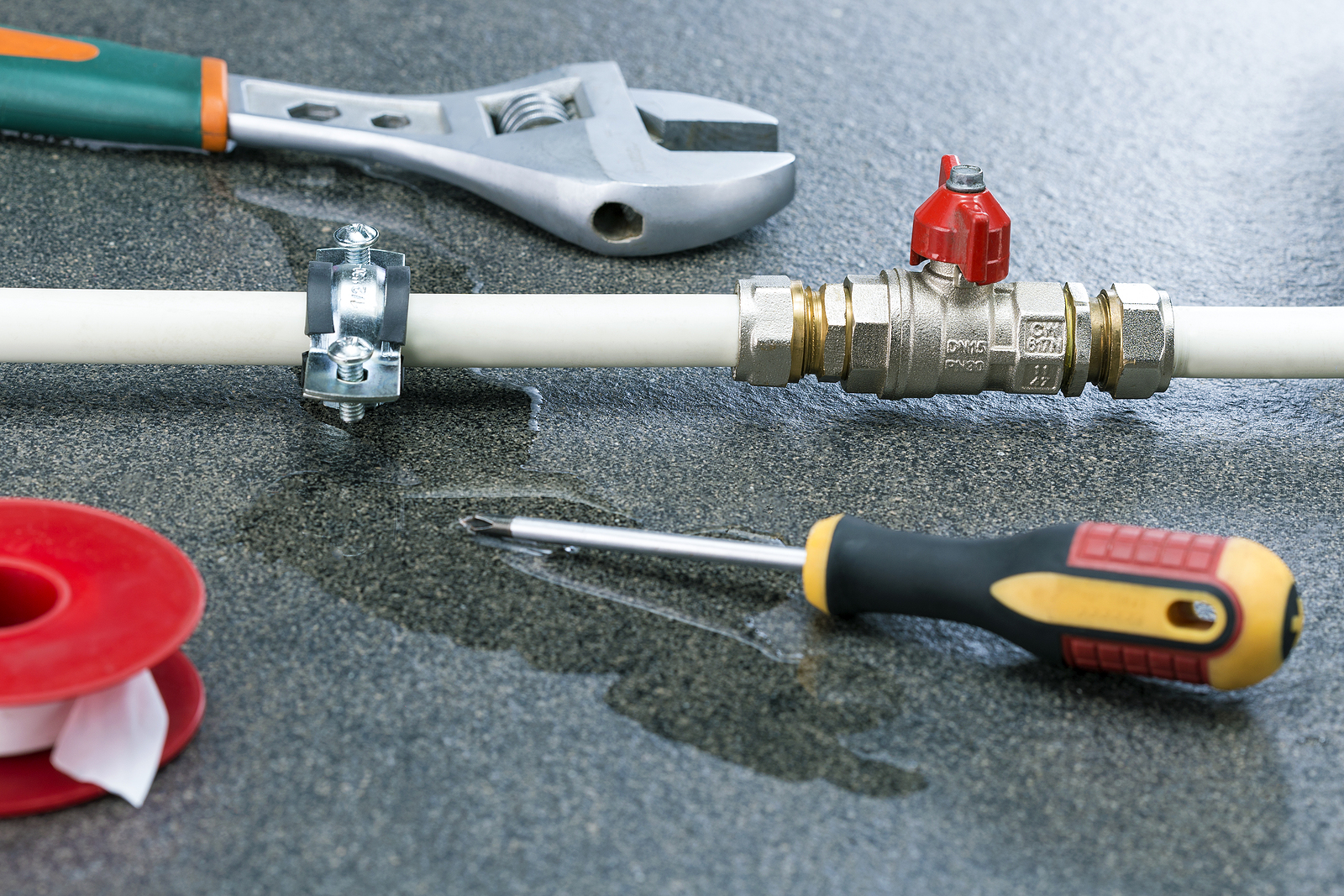Six Proven Tricks for Detecting Hidden Water Line Leaks
Six Proven Tricks for Detecting Hidden Water Line Leaks
Blog Article
Just about every person maintains his or her own rationale when it comes to Leaking water lines.
.jpg)
Early detection of leaking water lines can reduce a possible disaster. Besides conserving you money, it will lessen the aggravation and disappointment. The minute you locate a leakage, calling your plumber for fixings is the best service. Nevertheless, some small water leaks may not be visible. If you can not identify it with your naked eyes, below are some hacks that aid.
1. Take A Look At the Water Meter
Inspecting it is a proven means that assists you find leakages. If it relocates, that indicates a fast-moving leakage. This suggests you may have a slow-moving leakage that can also be below ground.
2. Check Water Intake
Analyze your water expenses as well as track your water consumption. As the one paying it, you need to notice if there are any type of discrepancies. If you spot sudden changes, regardless of your intake being the same, it suggests that you have leakages in your plumbing system. Remember, your water costs must fall under the very same range on a monthly basis. An abrupt spike in your expense suggests a fast-moving leakage.
A consistent rise every month, also with the very same practices, shows you have a slow-moving leakage that's also slowly rising. Call a plumber to thoroughly check your building, specifically if you really feel a cozy area on your flooring with piping underneath.
3. Do a Food Coloring Test
When it comes to water consumption, 30% comes from commodes. If the color somehow infiltrates your dish during that time without flushing, there's a leak in between the tank and also bowl.
4. Asses Outside Lines
Don't neglect to inspect your outdoor water lines too. Ought to water seep out of the link, you have a loosened rubber gasket. One tiny leakage can squander lots of water and spike your water expense.
5. Examine the scenario and check
House owners must make it a habit to inspect under the sink counters as well as also inside closets for any type of bad odor or mold and mildew growth. These two red flags suggest a leak so prompt focus is needed. Doing routine evaluations, also bi-annually, can save you from a significant problem.
Inspect for stainings as well as deteriorating as the majority of home appliances and pipes have a life expectancy. If you presume dripping water lines in your plumbing system, don't wait for it to intensify.
Early discovery of dripping water lines can alleviate a prospective catastrophe. Some little water leakages might not be visible. Checking it is a surefire method that assists you find leakages. One little leak can lose loads of water and increase your water costs.
If you presume leaking water lines in your plumbing system, do not wait for it to escalate.
WARNING SIGNS OF WATER LEAKAGE BEHIND THE WALL
PERSISTENT MUSTY ODORS
As water slowly drips from a leaky pipe inside the wall, flooring and sheetrock stay damp and develop an odor similar to wet cardboard. It generates a musty smell that can help you find hidden leaks.
MOLD IN UNUSUAL AREAS
Mold usually grows in wet areas like kitchens, baths and laundry rooms. If you spot the stuff on walls or baseboards in other rooms of the house, it’s a good indicator of undetected water leaks.
STAINS THAT GROW
When mold thrives around a leaky pipe, it sometimes takes hold on the inside surface of the affected wall. A growing stain on otherwise clean sheetrock is often your sign of a hidden plumbing problem.
PEELING OR BUBBLING WALLPAPER / PAINT
This clue is easy to miss in rooms that don’t get much use. When you see wallpaper separating along seams or paint bubbling or flaking off the wall, blame sheetrock that stays wet because of an undetected leak.
BUCKLED CEILINGS AND STAINED FLOORS
If ceilings or floors in bathrooms, kitchens or laundry areas develop structural problems, don’t rule out constant damp inside the walls. Wet sheetrock can affect adjacent framing, flooring and ceilings.
https://www.servicemasterbyzaba.com/blog/how-to-detect-water-leakage-in-walls/

I discovered that blog entry about Locating water leaks while surfing the web. Liked our content? Please share it. Let others discover it. Thank you for your time. Please come by our blog back soon.
Save your home, call now! Report this page